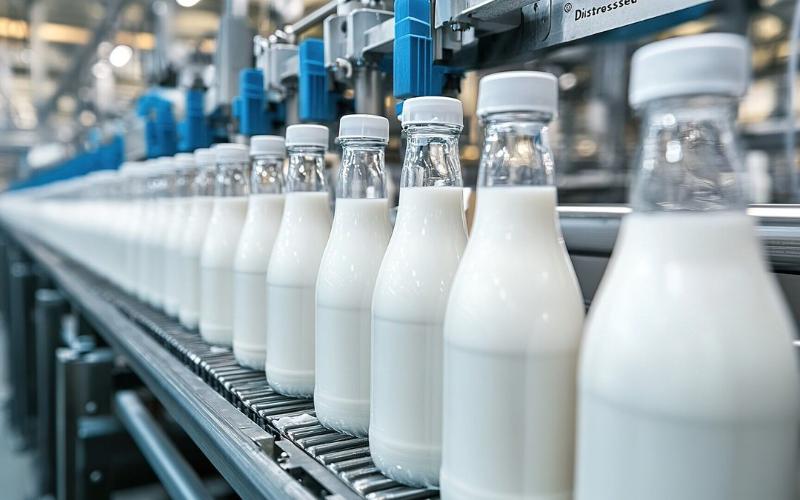Dairy and Meat Industries: Different Challenges and Common Grounds
Sourse: The DairyNews
Allan Barber, an industry expert, observes that the dairy and meat sectors in New Zealand, while facing distinct challenges, share several underlying similarities. Historically, dairy has been seen as a more lucrative sector compared to the increasingly pressured meat industry, which has been squeezed by land use changes for forestry, dairy, viticulture, urban sprawl, and climate policies.

Over the past 40 years, both industries have undergone significant transformation due to external pressures such as market liberalization and regulatory changes. The UK joining the EU in 1973 and subsequent policy shifts in the 1980s mandated major overhauls in both sectors, leading to plant closures and mergers, notably culminating in the formation of Fonterra in 2001. Fonterra emerged with a near-monopoly in the dairy sector, controlling 90% of the market, although regulations ensured some level of competition.
Dairy has traditionally had advantages over meat due to daily milk collection needs, fostering a cooperative structure to ensure stable supply. In contrast, meat processors face more variability, as farmers decide to sell livestock based on seasonal conditions, which has made the cooperative model less impactful in the meat sector, particularly in the North Island.
The meat industry, once sprawling with large processing plants, has seen a dramatic reduction in capacity, aligning with the decline in sheep numbers from 70 million in the early 1980s to below 25 million today. Meanwhile, the dairy sector has seen its herd nearly double in three decades, although recent declines indicate a potential peak in numbers.
Current industry trends point towards a rationalization in the dairy sector, much like what the meat industry experienced decades earlier. Synlait’s financial troubles and Fonterra’s strategy to divest its consumer goods business suggest a shift towards focusing on core activities of milk collection, processing, and ingredients supply, mirroring the meat industry’s approach of specializing in specific products tailored to retail and specialist end uses.
As Fonterra plans to sell its branded consumer goods operations, other dairy entities like Open Country Dairy and the proposed new butter plant by OCD indicate a focus on value-added products aimed primarily at foodservice and consumer markets. This strategy reflects a broader acceptance within New Zealand’s primary export sectors of excelling as commodity processors rather than pursuing expansive international consumer goods marketing.
Dairy has traditionally had advantages over meat due to daily milk collection needs, fostering a cooperative structure to ensure stable supply. In contrast, meat processors face more variability, as farmers decide to sell livestock based on seasonal conditions, which has made the cooperative model less impactful in the meat sector, particularly in the North Island.
The meat industry, once sprawling with large processing plants, has seen a dramatic reduction in capacity, aligning with the decline in sheep numbers from 70 million in the early 1980s to below 25 million today. Meanwhile, the dairy sector has seen its herd nearly double in three decades, although recent declines indicate a potential peak in numbers.
Current industry trends point towards a rationalization in the dairy sector, much like what the meat industry experienced decades earlier. Synlait’s financial troubles and Fonterra’s strategy to divest its consumer goods business suggest a shift towards focusing on core activities of milk collection, processing, and ingredients supply, mirroring the meat industry’s approach of specializing in specific products tailored to retail and specialist end uses.
As Fonterra plans to sell its branded consumer goods operations, other dairy entities like Open Country Dairy and the proposed new butter plant by OCD indicate a focus on value-added products aimed primarily at foodservice and consumer markets. This strategy reflects a broader acceptance within New Zealand’s primary export sectors of excelling as commodity processors rather than pursuing expansive international consumer goods marketing.












